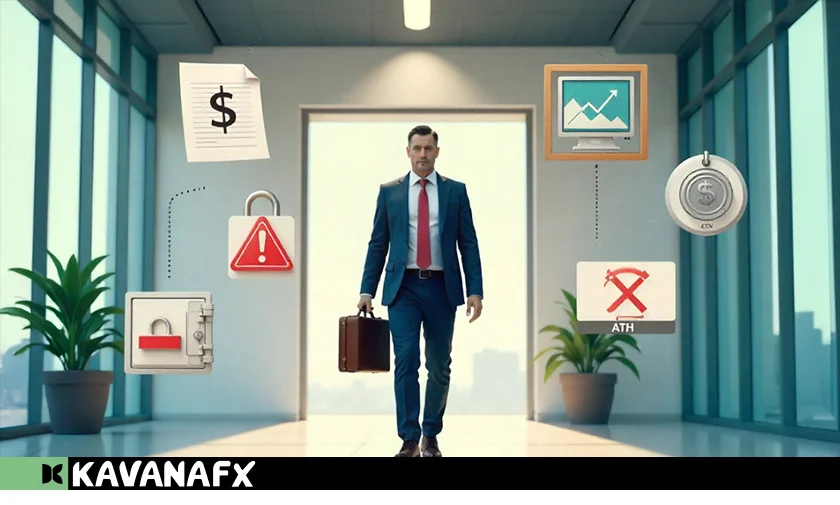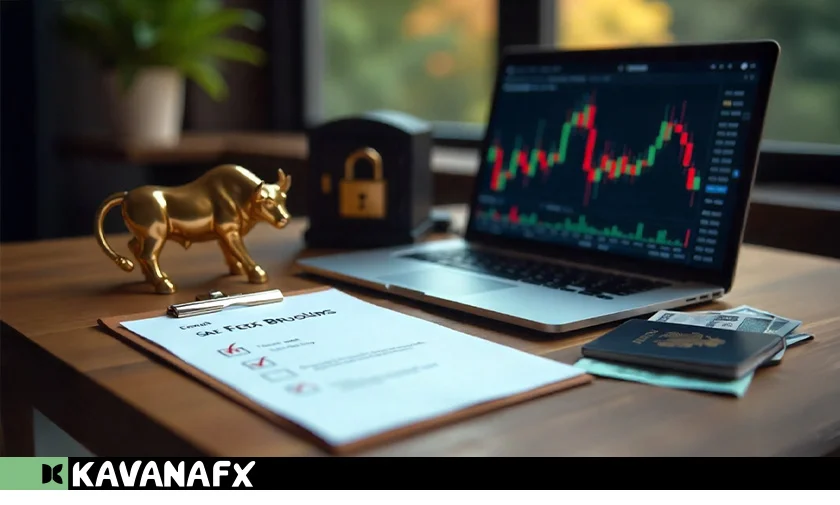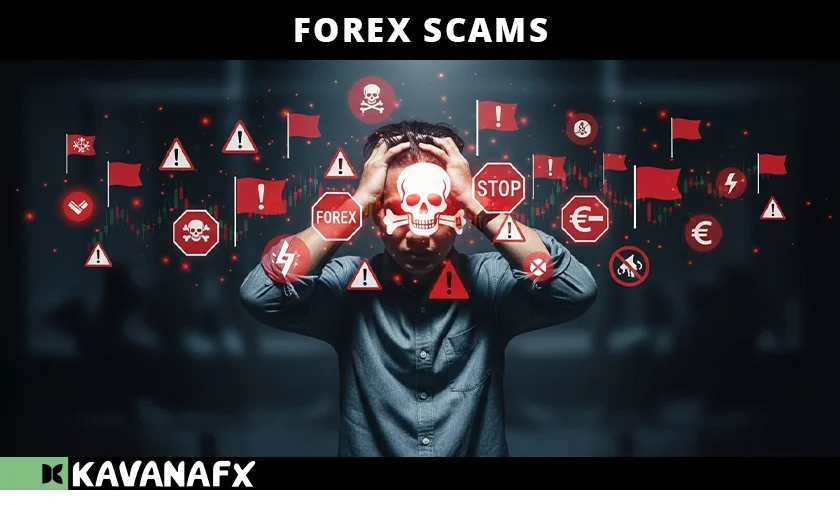The forex market is the largest financial market in the world, with over $7 trillion traded daily. Unfortunately, its size and accessibility have also made it a prime target for scammers. Forex scams prey on beginners and experienced traders alike, promising unrealistic returns, manipulating trades, or operating without regulation.
In this guide, you’ll learn the 8 biggest red flags to avoid forex fraud, how to choose a safe forex broker, and why reviewing Kavanafx’s regulatory standing can help protect your investments.
Common Ways Forex Scams Operate
Before we identify the warning signs, it’s important to understand the most common types of forex scams:
- Ponzi and pyramid schemes – Promising steady profits but paying old investors with new investors’ money.
- Signal seller scams – Charging for “guaranteed” trade signals that don’t actually work.
- Robot/EA frauds – Selling automated trading bots that produce fabricated backtests.
- Unregulated brokers – Operating without proper licensing, making withdrawals nearly impossible.
- Managed account scams – Convincing traders to hand over account access and then draining funds.
8 Red Flags to Watch Out For

1. Unrealistic Profit Promises
If a company guarantees returns like “30% profit every week” — run. The forex market is volatile, and no legitimate broker or trader can guarantee fixed profits without risk.
2. Lack of Regulation
A safe forex broker will be licensed by recognized authorities (FCA, ASIC, CySEC, NFA, etc.). Unregulated brokers may disappear with your funds.
Quick check: Look for the broker’s regulatory number and verify it directly on the regulator’s website.
3. No Physical Address or Contact Details
If a broker hides its office location or only uses a generic email, it’s a red flag. Legitimate brokers have transparent company information and direct communication channels.
4. High-Pressure Sales Tactics
Scammers often rush you into depositing money with limited-time offers, aggressive calls, or “special VIP packages” that vanish if you delay.
5. Complicated Withdrawal Process
Legitimate brokers process withdrawals within a reasonable time. If a company delays payouts, demands extra fees, or asks you to pay “taxes” before you can withdraw, it’s likely a scam.
6. No Segregated Client Accounts
Safe brokers keep your funds in segregated accounts separate from operational funds. This protects your money if the company faces financial trouble.
7. Overly Positive Online Reviews
Fake reviews can make a scam look legitimate. Check multiple review platforms, look for balanced feedback, and avoid brokers with only 5-star “perfect” reviews.
8. Unverified Trading Platforms
If a broker uses an unfamiliar or custom platform instead of trusted software like MetaTrader 4/5 or cTrader, verify its safety before depositing funds.
Choosing a Safe Forex Broker — Checklist

When selecting a broker, follow this safe forex broker checklist:
- Verify regulation – Search their license on official regulator sites.
- Check fund segregation – Ensure they separate client funds.
- Test withdrawals – Try withdrawing a small amount before trading large sums.
- Review terms & conditions – Avoid brokers with hidden clauses.
- Evaluate platform security – Stick with brokers using reputable trading software.
- Check customer support – Test responsiveness before opening a live account.
- Compare spreads and fees – Extremely low spreads with no explanation can be suspicious.
- Look for industry recognition – Awards, partnerships, and a proven track record matter.
Why Kavanafx Regulatory Review Matters
Kavanafx operates under strict regulatory oversight, ensuring:
- Licensed operations with transparent company registration.
- Segregated accounts for client funds.
- Fast withdrawals with no hidden fees.
- Secure platforms with data encryption.
We encourage all traders to review Kavanafx’s regulatory credentials on official authority websites before trading. This ensures peace of mind and demonstrates our commitment to client safety.
Conclusion
The forex market offers vast opportunities, but forex scams continue to target unsuspecting traders. By recognizing the 8 red flags outlined above and using our safe broker checklist, you can protect your capital and trade with confidence.
Ready to trade with a regulated broker? Review Kavanafx’s credentials here[link] and open your account today!
FAQ
Q1: What are the most common forex scams?
The most common forex scams include Ponzi schemes that use new investors’ money to pay earlier ones, unregulated brokers who disappear with funds, fake signal sellers promising guaranteed profits, fraudulent trading robots (EAs) with fake results, and managed account scams where fraudsters drain your account after gaining access.
Q2: How can I choose a safe forex broker?
To avoid forex fraud, choose a broker regulated by well-known authorities such as the FCA, ASIC, CySEC, or NFA. Always verify their license number on the regulator’s official website, ensure they use segregated accounts for client funds, and test a small withdrawal before committing a large deposit.
Q3: Is Kavanafx a regulated forex broker?
Yes. Kavanafx operates under strict regulation, provides segregated client accounts, and uses secure, industry-standard trading platforms. You can review Kavanafx’s regulatory credentials directly on the relevant financial authority’s website for extra peace of mind.
